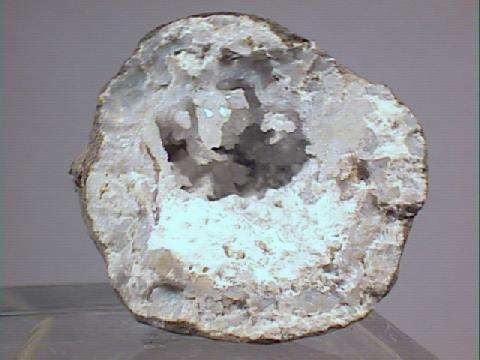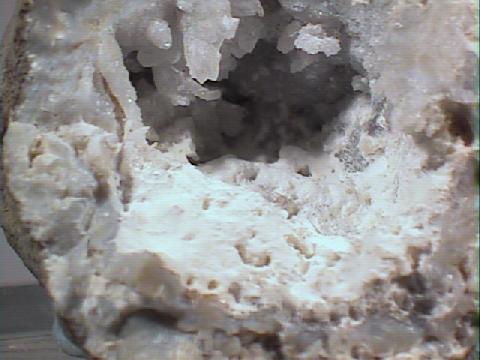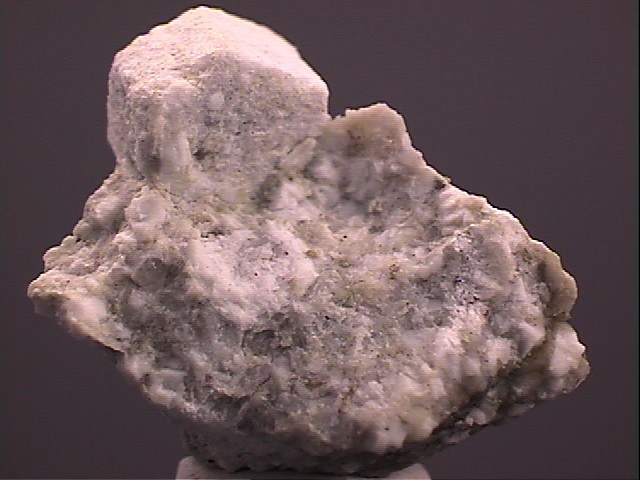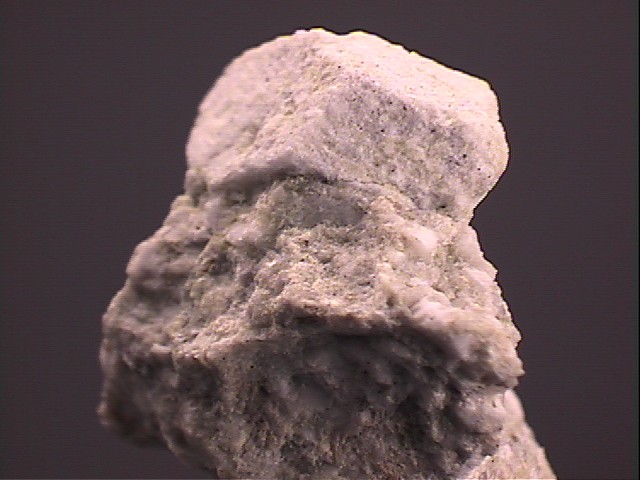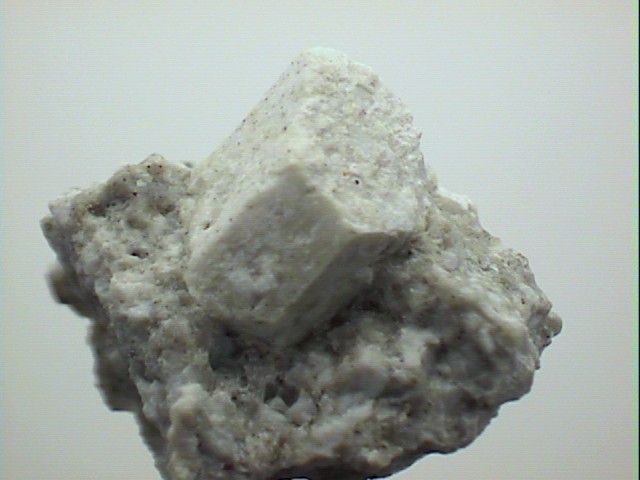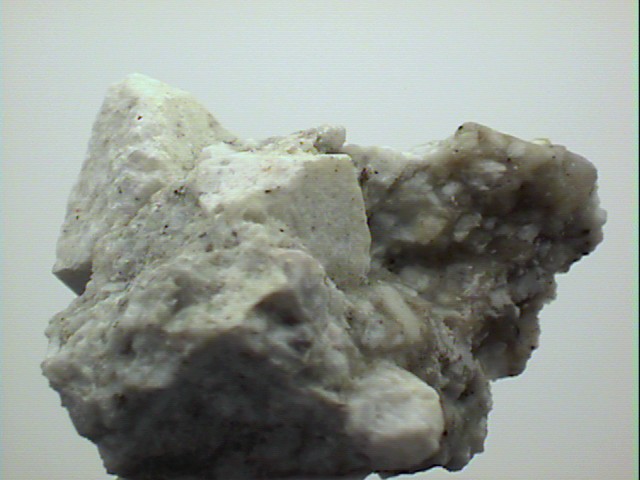 The Mineral KAOLINITE
The Mineral KAOLINITE
- Chemistry: Al2Si2O5(OH)4, Aluminum Silicate Hydroxide
- Class: Silicates
- Subclass: phyllosilicates
- Groups: The Clays and The
Kaolinite Group.
- Uses: In the production of ceramics, as a filler for paint, rubber and plastics and the largest use is in the paper industry to produce a glossy paper such as is used in most magazines.
Specimens
Kaolinite shares the same chemistry as the minerals
Kaolinite is important to the production of ceramics and porcelain. It is also used as a filler for paint, rubber and plastics since it is relatively inert and is long lasting. But the greatest demand for kaolinite is in the paper industry to produce a glossy paper such as is used in most magazines.
PHYSICAL CHARACTERISTICS:
- Color is usually white, colorless, greenish or yellow.
- Luster is earthy.
- Transparency: Crystals are translucent.
- Crystal System is triclinic; 1.
- Crystal Habits include foliated and earthy masses. Crystals of any size are quite rare, usually microscopic.
- Cleavage is perfect in one direction, basal.
- Fracture is earthy.
- Hardness is 1.5 - 2 (can leave marks on paper).
- Specific Gravity is 2.6 (average).
- Streak is white.
- Other Characteristics: Clay like properties when water is added.
- Associated Minerals include
fluorite,
microcline,
pyrite,
hemimorphite,
augite,
dickite ,halloysite , montmorillonite, quartz, muscovite and other clays. - Notable Occurrences are spread around the world including the type locality of Kao-Ling, Jianxi, China as well as Cornwall and Devon, England; Haute-Vienne, France; Near Dresden, Saxony, Germany; Donets Basin, Ukraine; Huberdeau, Quebec, and near Walton, Nova Scotia, Canada and in the United States at Macon, Georgia; Dixie Clay Company Mine, South Carolina; near Webster, North Carolina; Arkansas; Mesa Alta, New Mexico and Sterling Hill, New Jersey.
- Best Field Indicators are habit, softness, color, luster and clay like properties.

